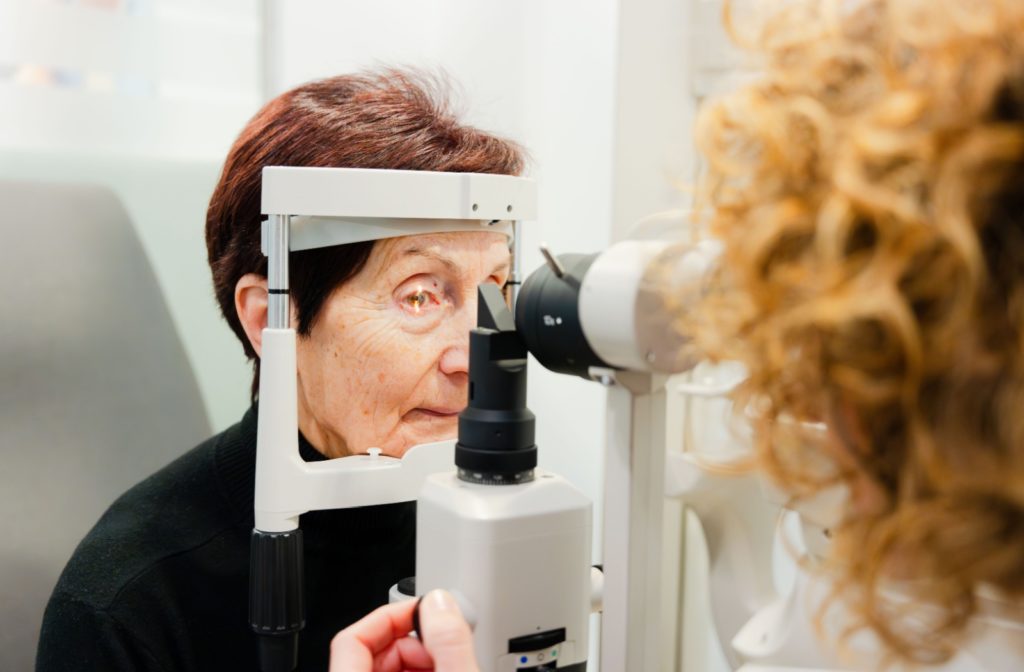Cataracts are a common eye condition that affects millions of people worldwide. It is characterized by the clouding of the lens in the eye, leading to blurry vision, difficulty seeing clearly, and often issues with glare and seeing at night.
Cataracts can be caused by various factors such as aging, genetics, prolonged exposure to ultraviolet light, and certain medical conditions like diabetes and hypertension. Other contributing factors can include smoking, excessive alcohol consumption, and eye injuries.
Once the eye lens becomes cloudy, it cannot return to its clear state, which can significantly impact daily activities and overall quality of life. However, cataracts can be effectively managed through various treatments and surgeries.
Regular eye examinations can help detect cataracts early, allowing for timely intervention and better management of the condition.
Causes of Cataracts
Cataracts can be caused by several factors including:
- Aging: As we age, the proteins in our eye’s lens can start to clump together, leading to cloudiness and opacity. This is the most common cause of cataracts and usually affects people over the age of 60.
- Genetics: Some people may be born with a predisposition to developing cataracts due to their genetic makeup. They may have a family history of cataracts or other eye conditions that increase the risk.
- UV Light Exposure: Prolonged exposure to ultraviolet (UV) light from the sun’s rays can damage the proteins in the lens, leading to cataract development. This is why it’s crucial to wear sunglasses with UV protection and a hat when spending time outdoors.
- Medical Conditions: Certain medical conditions such as diabetes, hypertension, or previous eye surgeries can increase the risk of developing cataracts.
- Lifestyle Factors: Smoking, excessive alcohol consumption, and poor nutrition have also been linked to an increased risk of cataracts.
Symptoms of Cataracts
Cataracts may develop gradually over time, so many people may not notice any symptoms in the early stages. However, as the condition progresses, common symptoms may include:
- Cloudy or blurry vision: Objects may appear hazy, and colors may seem faded.
- Sensitivity to light: Bright lights may cause discomfort or glare in the affected eye(s).
- Poor night vision: Difficulty seeing clearly in low light conditions.
- Double vision: Seeing two images instead of one.
- Frequent changes in lens prescriptions: Requiring a new prescription for contact lenses or eyeglasses frequently.
It’s essential to consult an eye doctor if you experience any of these symptoms, as they can also be signs of other eye conditions. An eye examination will help determine the underlying cause and appropriate treatment for your specific case.
Treatment & Prevention of Cataracts
In the early stages, cataracts may not require any treatment other than using a stronger eyeglass prescription. However, as the condition progresses and begins to interfere with daily activities, surgery may be recommended.
Cataract surgery involves removing the cloudy lens and replacing it with an artificial one called an intraocular lens (IOL). The procedure is typically safe and can improve vision significantly. It’s usually performed on an outpatient basis under local anesthesia.
Although there is no proven way to prevent cataracts from developing, certain lifestyle changes may help delay their progression or reduce the risk of developing them, including:
- Protection from sunlight: Wearing sunglasses with 100% UV protection when outdoors can help prevent sun damage to the eyes.
- Healthy diet: Eating a diet rich in fruits and vegetables, particularly those high in antioxidants like vitamins A, C, and E, may help protect against cataracts.
- Avoiding smoking and excessive alcohol consumption: Both habits have been linked to an increased risk of cataract development.
While cataracts cannot be cured through lifestyle changes, following these tips may help delay their progression and maintain good eye health overall. Managing any underlying medical conditions, such as diabetes, can also help prevent or slow down cataract development.

Catching Cataracts Early On
Regular eye exams are crucial for maintaining good eye health and catching any potential vision problems early on. This is particularly important when it comes to cataracts, as early detection can allow for prompt treatment and better outcomes.
During a routine eye exam, an ophthalmologist or optometrist will assess the overall health of your eyes, including checking for signs of cataracts. They may also perform various tests such as visual acuity tests, dilated eye exams, and tonometry (measuring intraocular pressure) to determine if you have cataracts.
If cataracts are detected, your eye doctor will work with you to develop a treatment plan based on the severity of your condition. In some cases, cataract surgery may be recommended to remove the clouded lens and replace it with an artificial one.
It’s important to stay up-to-date with regular eye exams as you age, even if you don’t currently have any vision problems. This can help catch cataracts or other eye conditions early on, allowing for prompt treatment and better overall eye health.
Preserve Your Vision
While there’s no sure way to prevent cataracts, making healthy lifestyle choices and prioritizing regular eye exams can help delay their progression and maintain good eye health. If you do develop cataracts, early detection and management are key to minimizing their impact on your vision. Always consult your eye doctor for personalized advice and treatment options if you suspect you have cataracts or other vision problems.
At Total Vision Chino Hills, we are dedicated to providing comprehensive eye care services and helping our patients maintain optimal vision health. Contact us today to schedule an appointment and take the first step towards preserving your precious eyesight.





